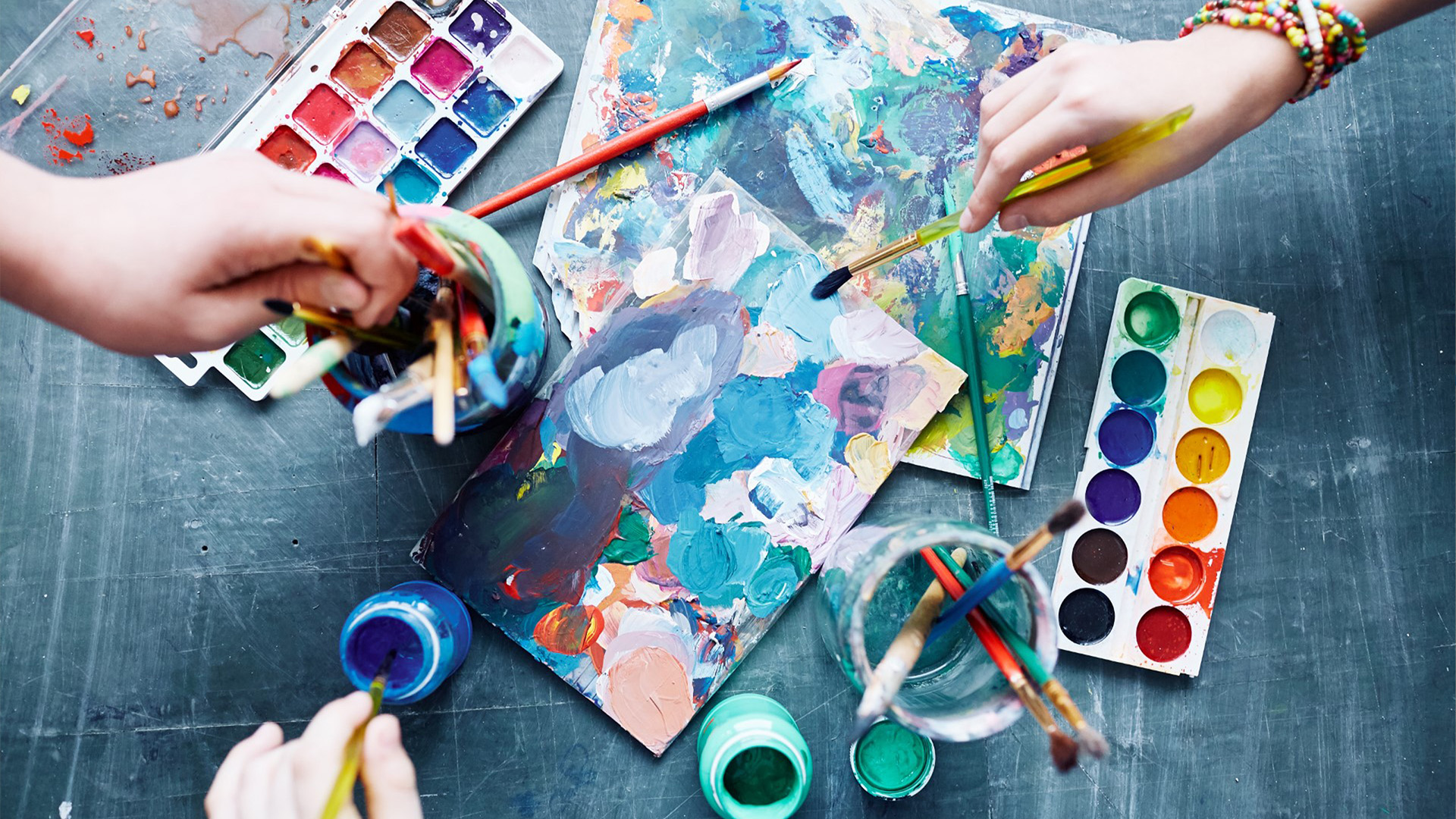Abstract Expressionism: Painting Beyond the Visible

Watercolor painting has long been regarded as one of the most delicate and expressive forms of artistic creation. Known for its translucent quality and ability to capture light in a unique way, watercolor has experienced a resurgence in popularity in recent years. This article delves into the history, techniques, and contemporary trends of watercolor painting, exploring why this art form continues to captivate artists and audiences alike.
A Brief History of Watercolor Painting
Watercolor painting has ancient roots, with early examples found in Egyptian tombs and ancient Chinese art. However, it truly flourished in Europe during the Renaissance, as artists like Albrecht Dürer began to explore the medium for detailed studies and vibrant landscapes réplicas de cuadros al óleo. The flexibility and portability of watercolors made them a favorite among explorers and botanists in the 18th and 19th centuries, leading to their use in scientific illustrations and travel journals.
Techniques and Characteristics of Watercolor
The beauty of watercolor lies in its simplicity and versatility. Unlike oil paints, which require layers and drying time, watercolors use water as a solvent, allowing for quick and spontaneous work. The transparency of the pigments creates a luminous effect, and the fluidity of the medium allows for soft blending and gradients.
Common techniques in watercolor include wet-on-wet, where water is applied to the paper before pigment, resulting in soft, flowing colors; and wet-on-dry, where the paper is dry, producing more defined edges. Watercolor artists often experiment with washes, glazing, and dry brushing to achieve a range of textures and effects.
The Resurgence of Watercolor in Contemporary Art
In recent years, watercolor painting has gained renewed attention, with contemporary artists pushing the boundaries of the medium. This resurgence can be attributed to several factors. First, watercolor is a relatively accessible medium, appealing to beginners and experienced artists alike. Its portability and ease of use make it ideal for plein air painting and sketching on the go.
Additionally, social media has played a significant role in popularizing watercolor. Platforms like Instagram and YouTube allow artists to share their work and connect with a global audience. Watercolor painting, with its vibrant colors and captivating process, lends itself well to visual content, attracting viewers and inspiring new artists.
Notable Contemporary Watercolor Artists
Several contemporary artists have made a name for themselves in the world of watercolor. Artists like Agnes Cecile, who combines portraiture with abstract elements, and Eric Wert, known for his hyper-realistic still lifes, demonstrate the range and depth that watercolor can achieve. These artists and others have redefined what is possible with the medium, challenging traditional notions of watercolor as merely a tool for quick sketches.
Conclusion: The Timeless Appeal of Watercolor
Watercolor painting’s resurgence is a testament to its timeless appeal. The medium offers a unique combination of spontaneity and precision, allowing artists to capture fleeting moments and vivid emotions. Whether used for expressive portraits, detailed landscapes, or abstract compositions, watercolor continues to inspire creativity and innovation.
As more artists explore the possibilities of watercolor, we can expect to see new styles and techniques emerge. This renaissance of watercolor ensures that the art form remains vibrant and relevant, captivating artists and audiences for generations to come.